7 Foods to Help Hypertension
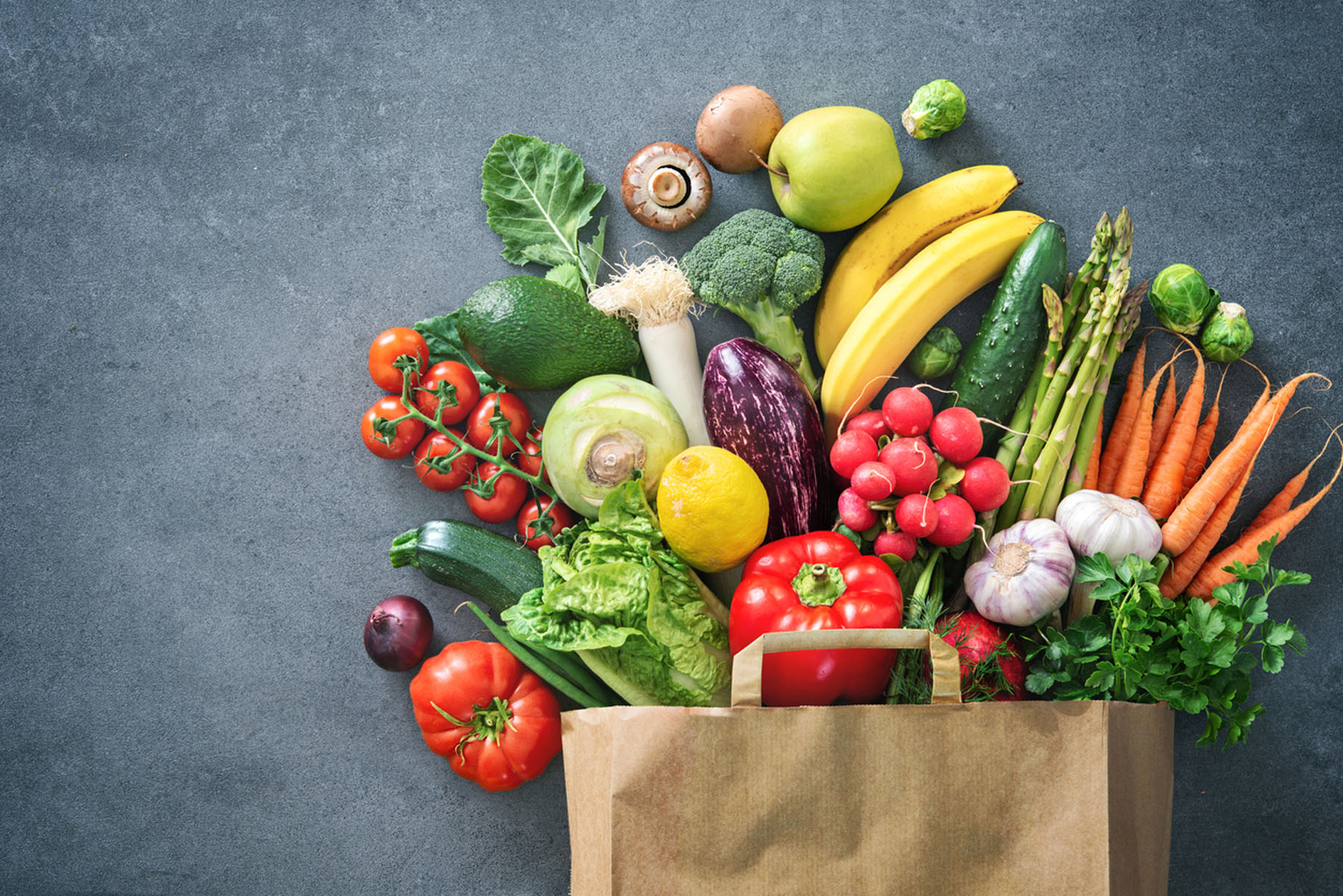
Hypertension, commonly known as high blood pressure, is unfortunately all too prevalent in recent years. The condition can negatively affect your health in several ways, including an increased strain on the heart, damage to the arteries, kidney damage, and impaired cognitive function, among others. Lifestyle modifications such as adopting a healthy diet, regular exercise, maintaining a healthy weight, limiting alcohol consumption, reducing sodium intake, and managing stress can positively influence your level of hypertension.
Here are seven healthy foods to incorporate into your diet to help reduce high blood pressure.
Leafy Greens
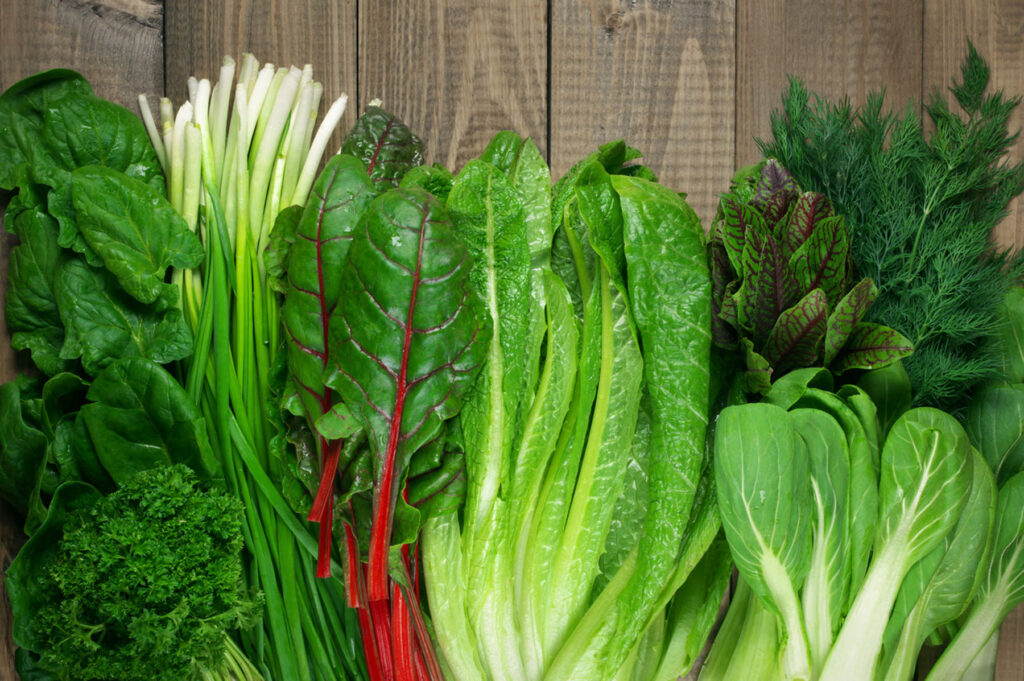
Vegetables like spinach, kale, collard greens, and Swiss chard are rich in potassium. This mineral plays a vital role in maintaining the body’s balance of fluids and electrolytes. Potassium helps counteract the effects of sodium, a mineral that can cause the body to retain water and increase blood pressure. Leafy greens also contain dietary nitrates, which are converted into nitric oxide in the body. Nitric oxide helps improve blood flow by dilating blood vessels.
Berries
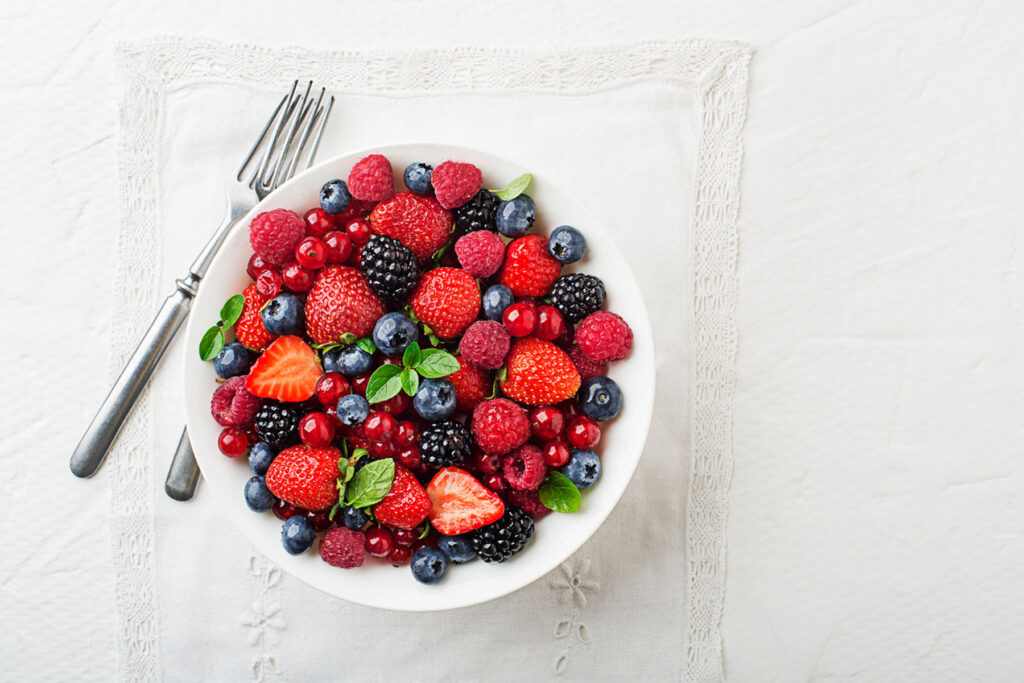
Blueberries, strawberries, raspberries, and other berries are packed with antioxidants, particularly flavonoids like anthocyanins, quercetin, and catechins. These antioxidants are crucial in neutralizing free radicals in the body, which helps reduce oxidative stress and inflammation. By reducing oxidative stress, the blood vessels can relax, improving blood flow and lowering blood pressure.
Oats
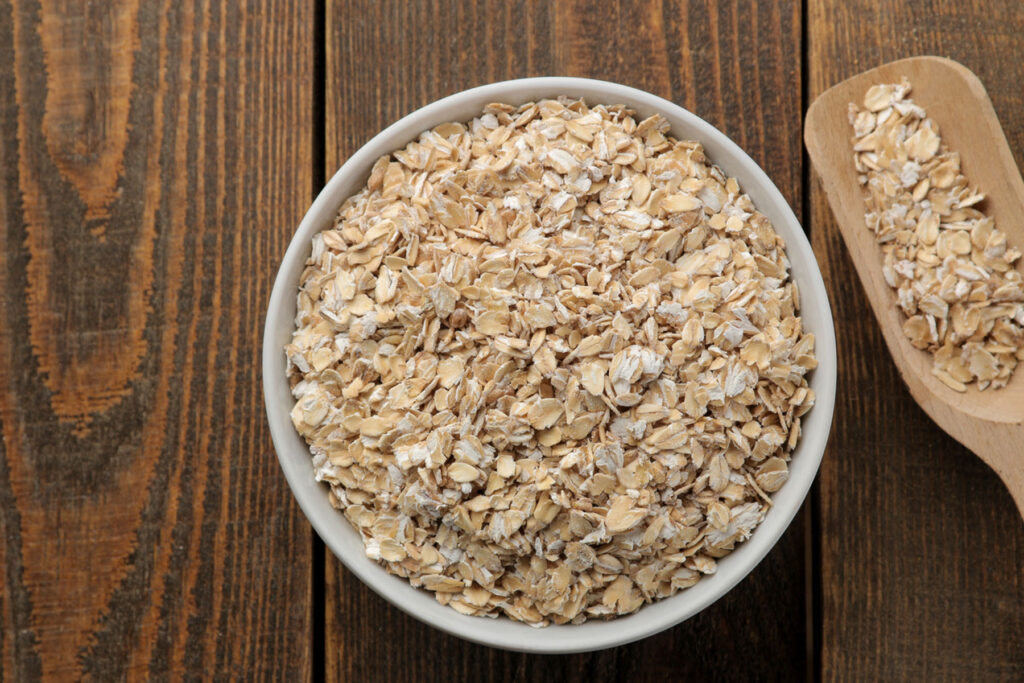
Oats are an excellent source of soluble fiber, specifically beta-glucans. Soluble fiber forms a gel-like substance in the digestive tract, which can help reduce cholesterol absorption and promote heart health. Oats are also a natural source of magnesium, a mineral that plays a role in relaxing blood vessels and regulating blood pressure. Adequate magnesium intake has been associated with better cardiovascular health.
Fatty Fish
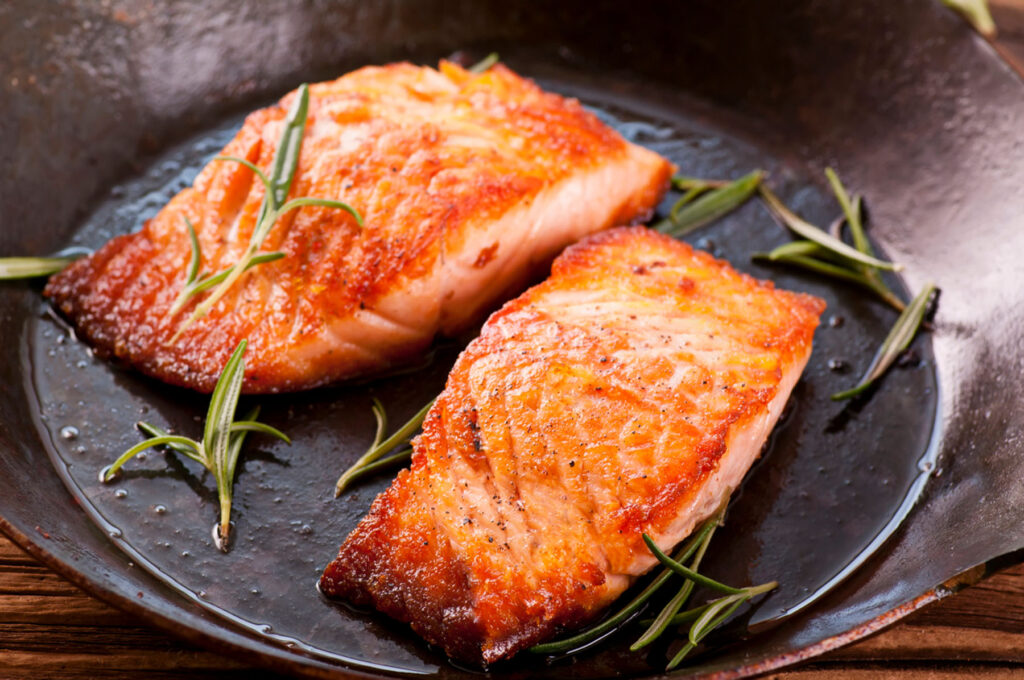
Salmon, mackerel, sardines, and other fatty fish are rich in omega-3 fatty acids, which can improve endothelial function, promoting healthier blood vessel walls and enhancing the body’s ability to manage blood pressure. To benefit from the blood pressure-lowering effects of fatty fish, the American Heart Association recommends including them in your diet at least two times a week.
Garlic
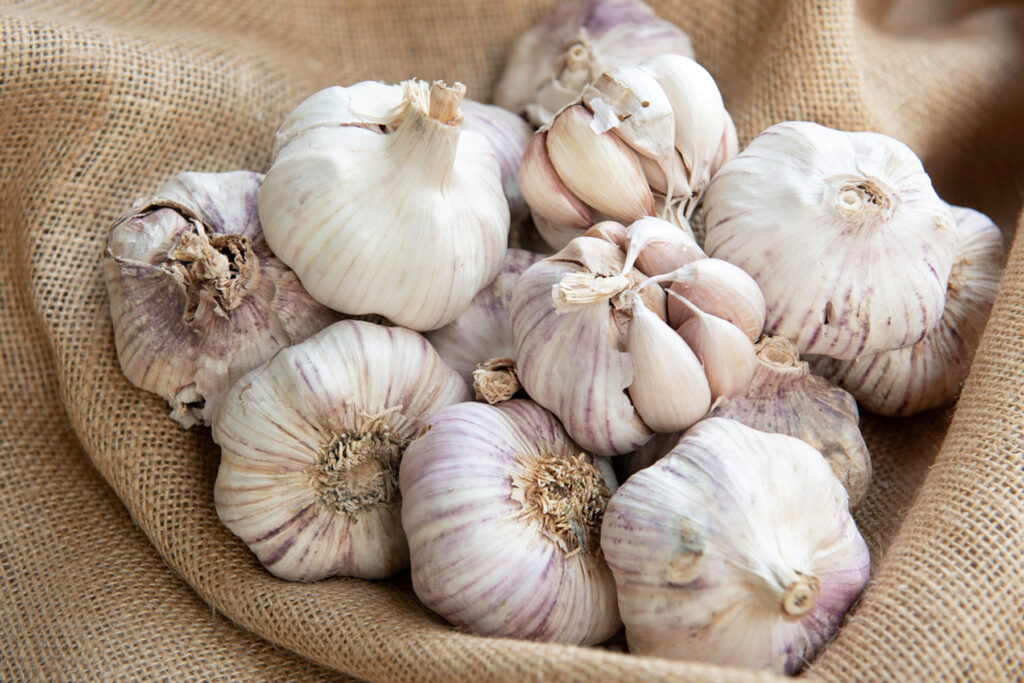
Garlic has been used for its medicinal properties for centuries and contains allicin, a compound formed when garlic is crushed, chopped, or chewed. Allicin is a sulfur-containing compound that has been shown to have various health-promoting properties. Allicin has been suggested to help promote vasodilation, the widening of blood vessels. By relaxing and dilating blood vessels, allicin may help reduce resistance to blood flow, thus lowering blood pressure.
Nuts and Seeds
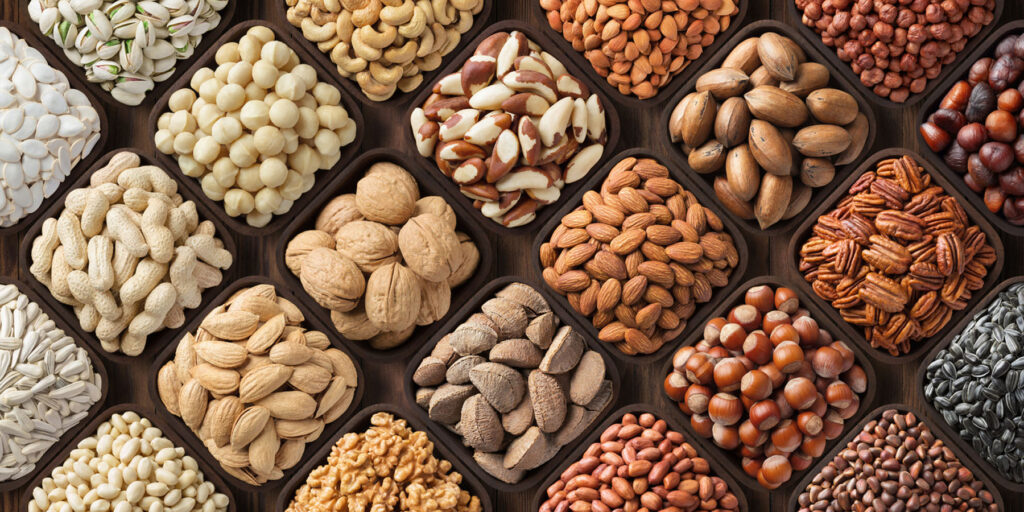
Almonds, walnuts, chia seeds, and flaxseeds contain healthy monounsaturated and polyunsaturated fats, including omega-3 fatty acids. These fats have been associated with improved heart health and may help lower blood pressure by reducing inflammation and supporting overall cardiovascular function.
Yogurt or Low-Fat Dairy
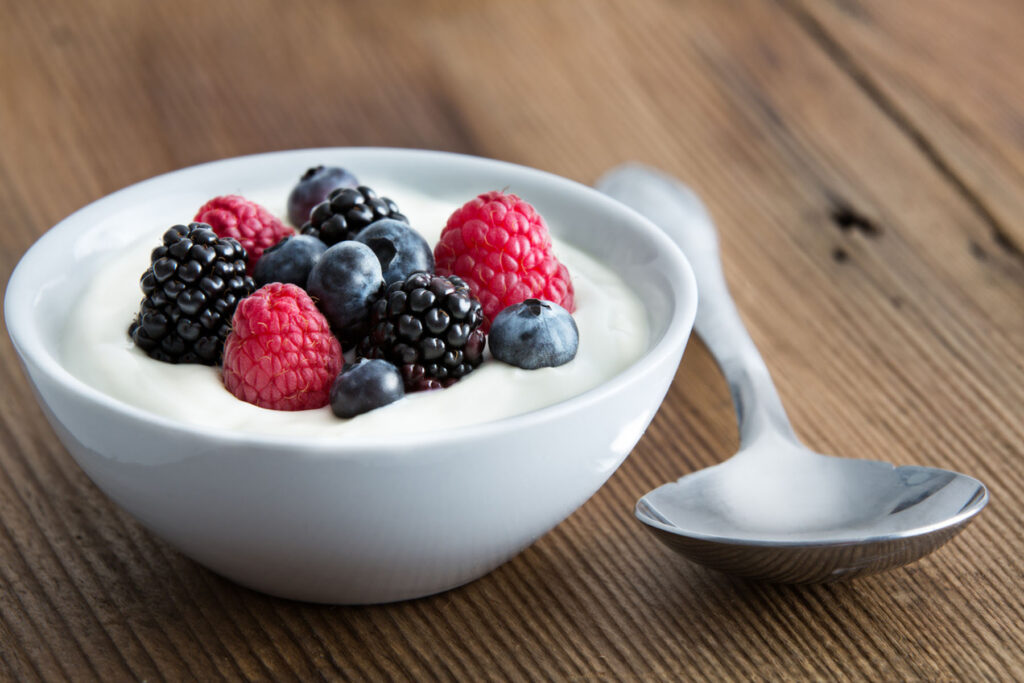
Dairy products that are low in fat, such as yogurt, are good sources of calcium and vitamin D. Calcium is essential for maintaining healthy blood vessel function and regulating blood pressure. Consuming sufficient calcium from dairy sources can support overall cardiovascular health. Adequate vitamin D levels are associated with a reduced risk of hypertension and improved blood pressure control.
Understanding the implications of hypertension and taking proactive steps to address it empowers individuals to safeguard their cardiovascular health and overall well-being. By making informed choices and seeking guidance from healthcare professionals, one can significantly reduce the impact of hypertension, paving the way for a healthier and longer life. Remember, the path to good health begins with awareness and a commitment to making positive changes.






